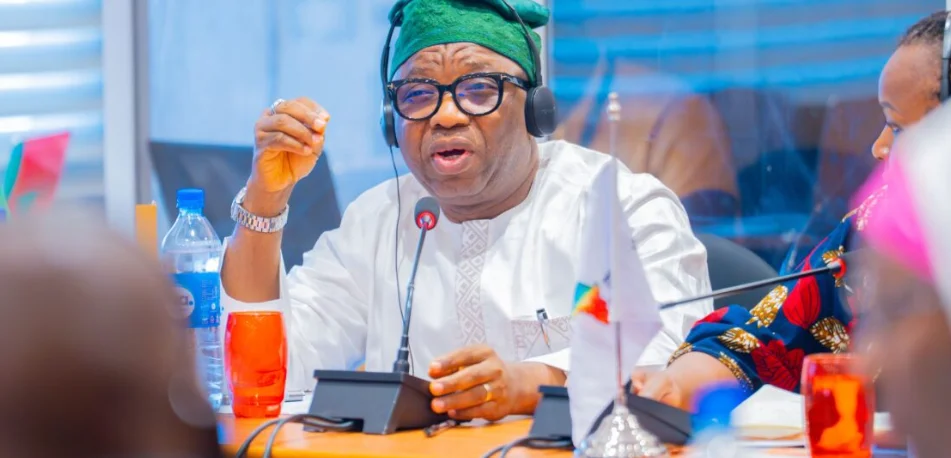Nigeria Ranks First Globally in Stablecoin Adoption in 2025, Second in Overall Digital Asset Usage
Nigeria has been ranked the world’s leading country for stablecoin adoption and second in overall digital asset usage, according to the 2025 Report on the State of Digital Assets Regulation in Africa, published by Yellow Card, Africa’s leading licensed stablecoin payments orchestrator.
This comprehensive report highlights how Nigerians are leveraging blockchain-based financial tools, particularly USD-backed stablecoins, to overcome currency instability, reduce remittance costs, and gain access to global financial systems.
Nigeria’s Digital Asset Surge: 25.9 Million Users and Counting
With 25.9 million digital asset users, Nigeria now boasts an 11.9% market penetration rate, making it the second-largest digital asset market in the world, trailing only India. The country also leads Sub-Saharan Africa, where stablecoin adoption has reached 9.3%, the highest regional rate globally.
Yellow Card attributes this explosive growth to macroeconomic challenges such as
- Currency devaluation
- Inflation
- Expensive remittance channels
“Stablecoins have become an increasingly critical tool for Africans seeking more efficient and accessible financial solutions. Nowhere is this more evident than in Nigeria,”
— Yellow Card
Use Cases Fueling Stablecoin Adoption in Nigeria
Nigerians are using stablecoins for a wide range of practical purposes, including:
- Cross-border payments
- Currency hedging against naira depreciation
- Accessing and storing value in U.S. dollars
- Supporting freelance and remote work economies
- Facilitating peer-to-peer (P2P) trade and savings
The report also suggests that stablecoins could soon account for 10% of total U.S. money supply and FX transactions, reflecting their growing influence beyond Africa.
Africa’s Growing Digital Asset Ecosystem
Nigeria may be leading, but it’s not alone. The report lists nine other African countries in the global top 50 for digital asset adoption:
- Ethiopia (26th)
- Morocco (27th)
- Kenya (28th)
- South Africa (30th)
- Uganda (34th)
- Algeria (43rd)
- Egypt (44th)
- Ghana (46th)
- DR Congo (48th)
Despite regulatory uncertainty or outright bans in some of these markets, such as Algeria, Egypt, and Morocco, the continent has over 54 million digital asset users, underscoring strong grassroots demand.
Morocco is expected to introduce a comprehensive regulatory framework for digital assets by the end of 2025, signalling a shift toward formal recognition.
Regulation, CBDCs, and the Future of Finance in Africa
With adoption soaring, African governments are intensifying their focus on digital asset regulation. The report notes various strategies underway:
- Regulatory sandboxes
- Draft legislation for Virtual Asset Service Providers (VASPs)
- Trial programs for Central Bank Digital Currencies (CBDCs)
While CBDC development is often cautious, it reflects growing interest in using blockchain technology to enhance monetary stability, improve financial inclusion, and strengthen economic resilience.
“While regulatory frameworks remain uneven across the continent, the momentum is clearly shifting toward formal recognition and oversight of digital assets,”
— Yellow Card Report
Toward Inclusive Digital Finance
Yellow Card’s 2025 report concludes with a strong projection: as regulatory clarity improves, investor confidence will rise, driving further adoption and capital inflows into Africa’s digital asset ecosystem. This could result in:
- Greater financial inclusion
- More accessible global finance tools
- Accelerated economic development
The report also highlights the importance of international partnerships and government support in securing a sustainable future for Africa’s digital economy.
Nigeria’s leadership in stablecoin and digital asset adoption showcases the continent’s capacity to leapfrog traditional finance systems using blockchain technology. As regulation evolves and user demand grows, Africa is positioning itself as a global hub for digital financial innovation.












